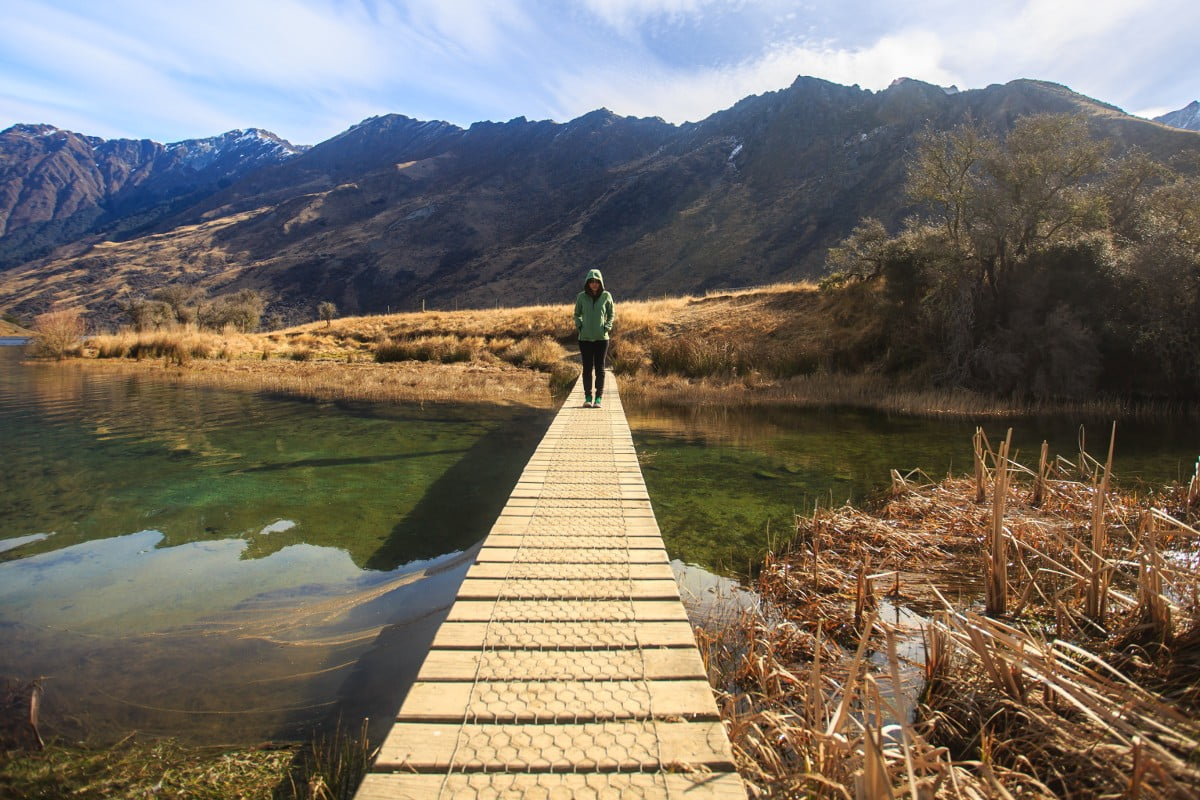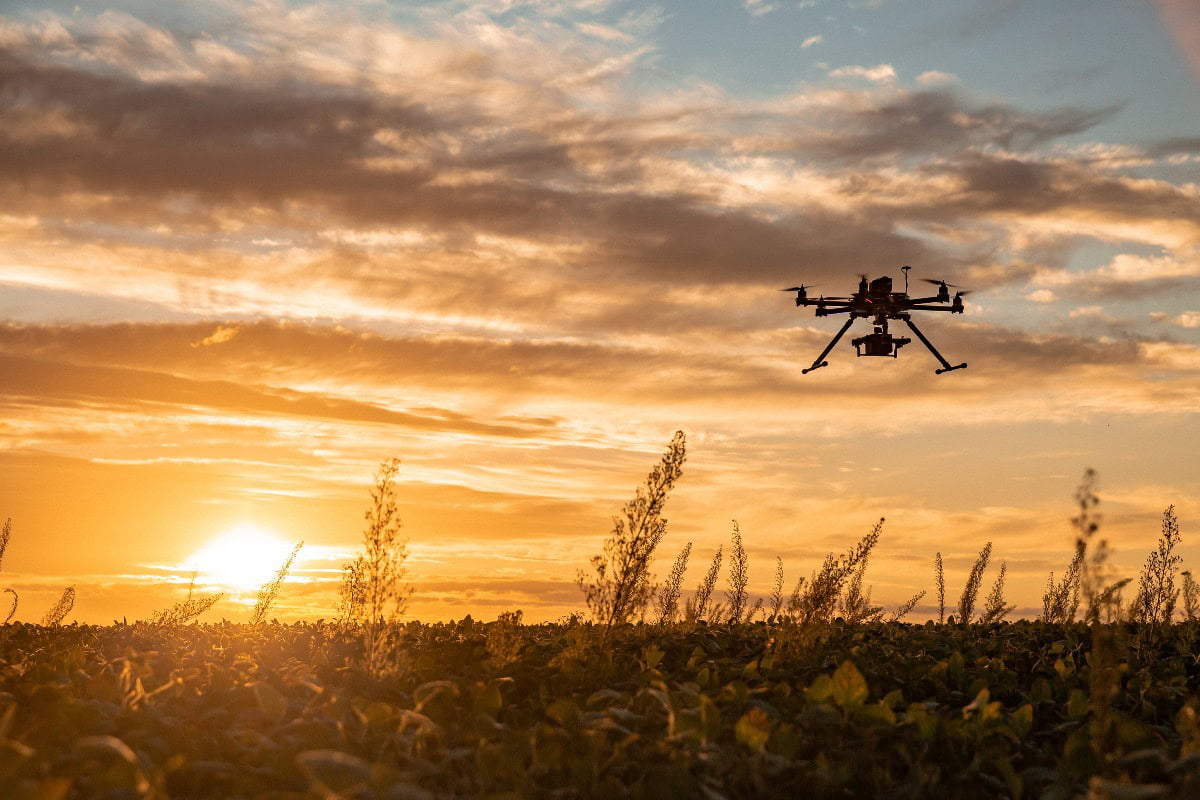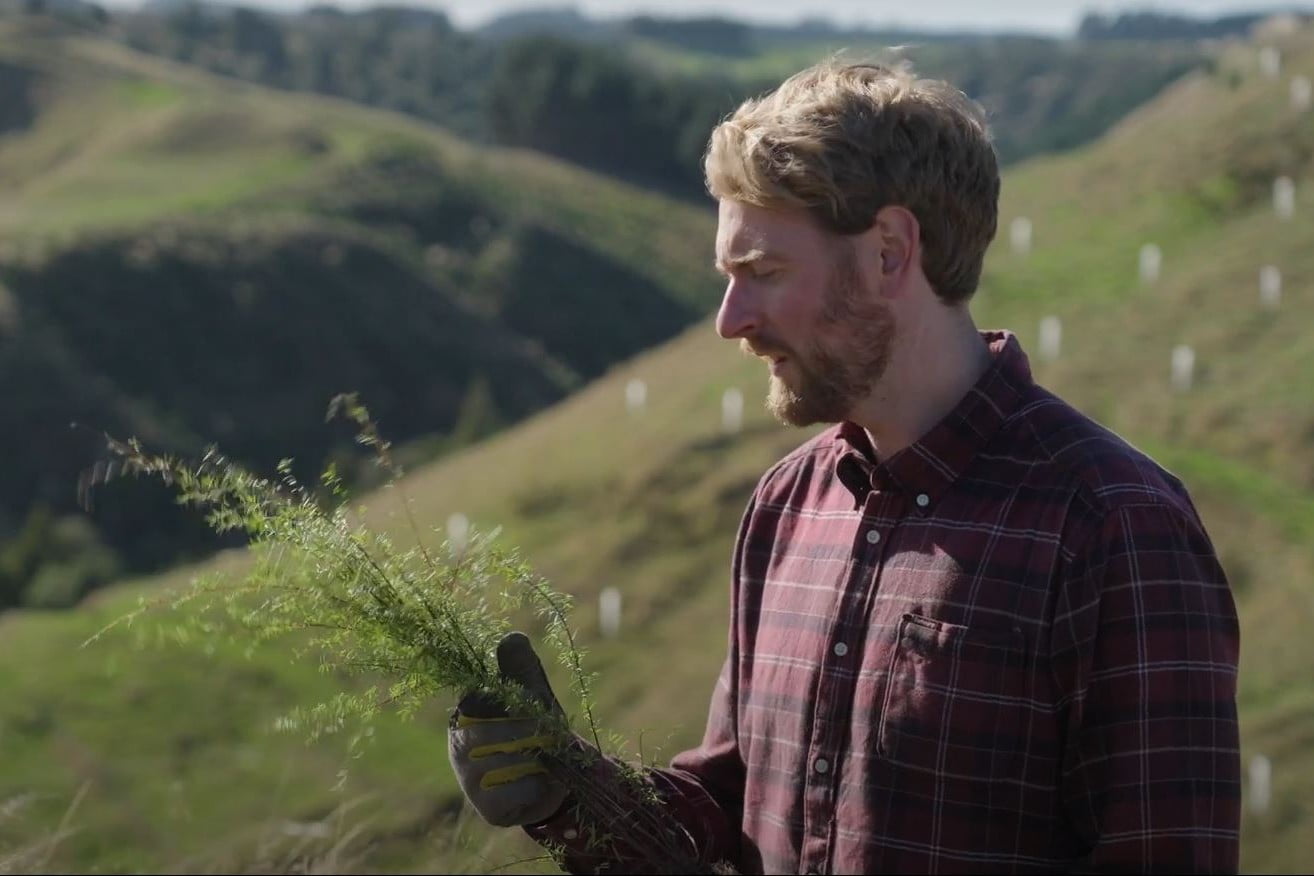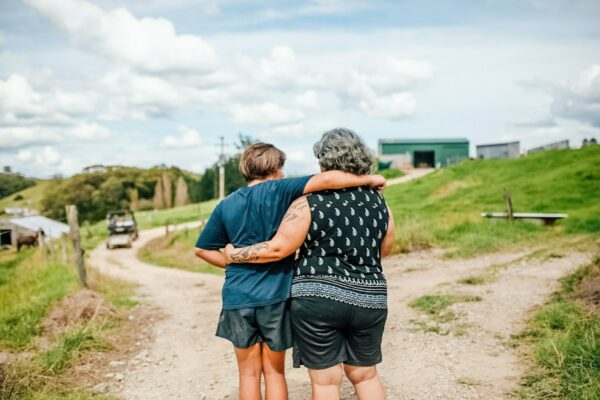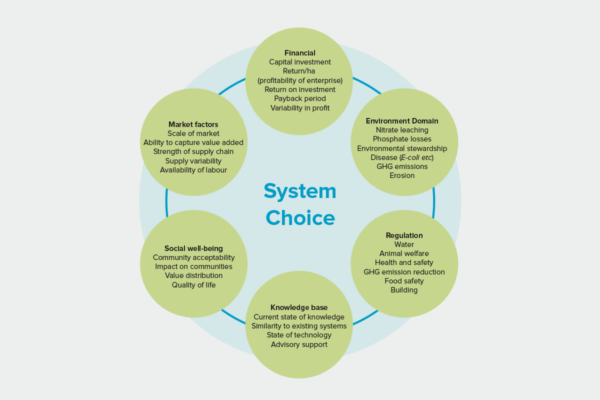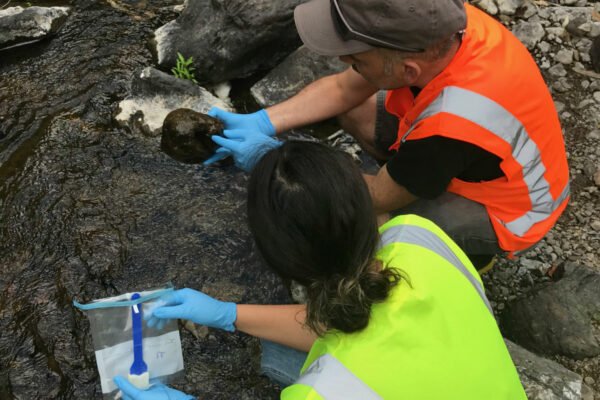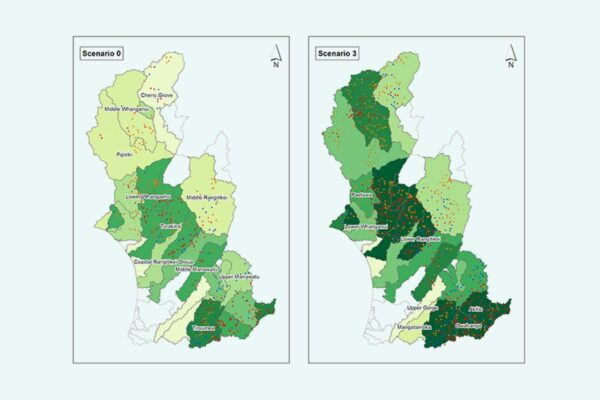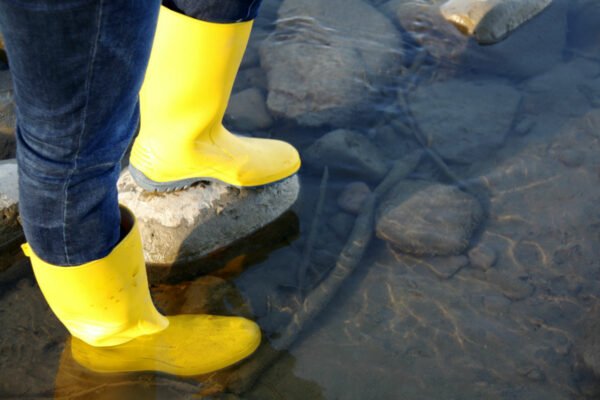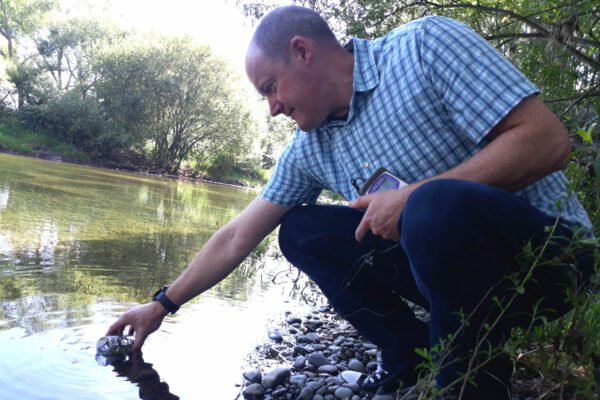Visualising Forestry Harvesting Cycles
Future risk planning through the visualisation of forestry harvesting cycles.
For full information see the programme website
Project Details Ngā taipitopito
Collaborators Ngā haumi
GeoInsight | Gisborne District Council | GNS Science | Hawkes Bay Regional Council | Indufor | Marlborough District Council | Nelson City Council | Tasman Regional Council | University Of Canterbury
What are we doing?E aha ana mātou?
Local councils, landowners, and the forestry sector are working to enhance their management and mitigation of future environmental impacts. Central to this effort is the ambition to improve access to vital information about forestry stand locations, recent harvests, and forthcoming harvesting schedules.
The project aims to create an online spatial decision support tool to help visualise forestry stand age data and predict risk profiles in catchments of different sizes. This involves visualising future intergenerational harvesting cycles, downstream risks, and the natural susceptibility of areas typically prone to erosion.
This approach aims to provide a comprehensive understanding of harvesting cycles on a catchment scale, which is essential for proactive environmental stewardship.
The methodology will be completed by mid-2024. After this, the web-based tool will undergo further refinements in five targeted regions: Te Tauihu (Tasman, Nelson, Marlborough), Te Matau-a-Māui (Hawkes Bay), and Tairāwhiti (Gisborne), with the goal of expanding deployment throughout Aotearoa.
How can the research be used? Ka pēhea e whai take ai te rangahau?
- Users of the tool will be able to see a consistent and accurate baseline of plantation stand age that can be used as a proxy for likely harvesting activity.
- Visualisations of data will use a time slider and heat mapping to highlight catchments and forested areas needing greater attention to help focus management efforts into the future.
- Users will be able to visualise and understand the evolving risks associated with forestry activities in different catchment areas.
- The results from this project could ultimately provide a common medium to enable open and transparent landscape-scale management conversations to flourish to futureproof communities, infrastructure and the sensitive receiving environments downstream.
- This project will surface data and information that is currently inaccessible to many due to resource limitations, empowering the forestry sector to showcase progressive and proactive catchment planning with regulators, empower tangata whenua to protect cultural heritage, and encourage other land users to think holistically.
Participation & engagement Te hunga i whai wāhi mai
- A stakeholder analysis will be undertaken to deeply understand needs, pain points and opportunities.
- The research team will work with Māori stakeholder groups, predominantly through te Taiao teams within post settlement governance entities and representatives from iwi commercial boards that hold forestry interests, to ensure that their needs are well understood and accounted for in the design of the tool.
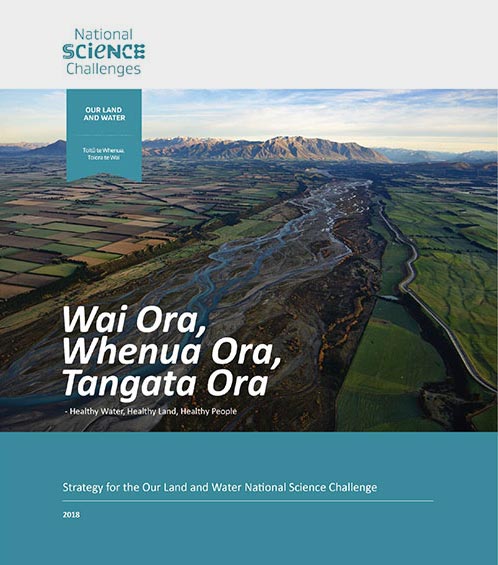 View Our Strategy Document 2019 – 2024
View Our Strategy Document 2019 – 2024
